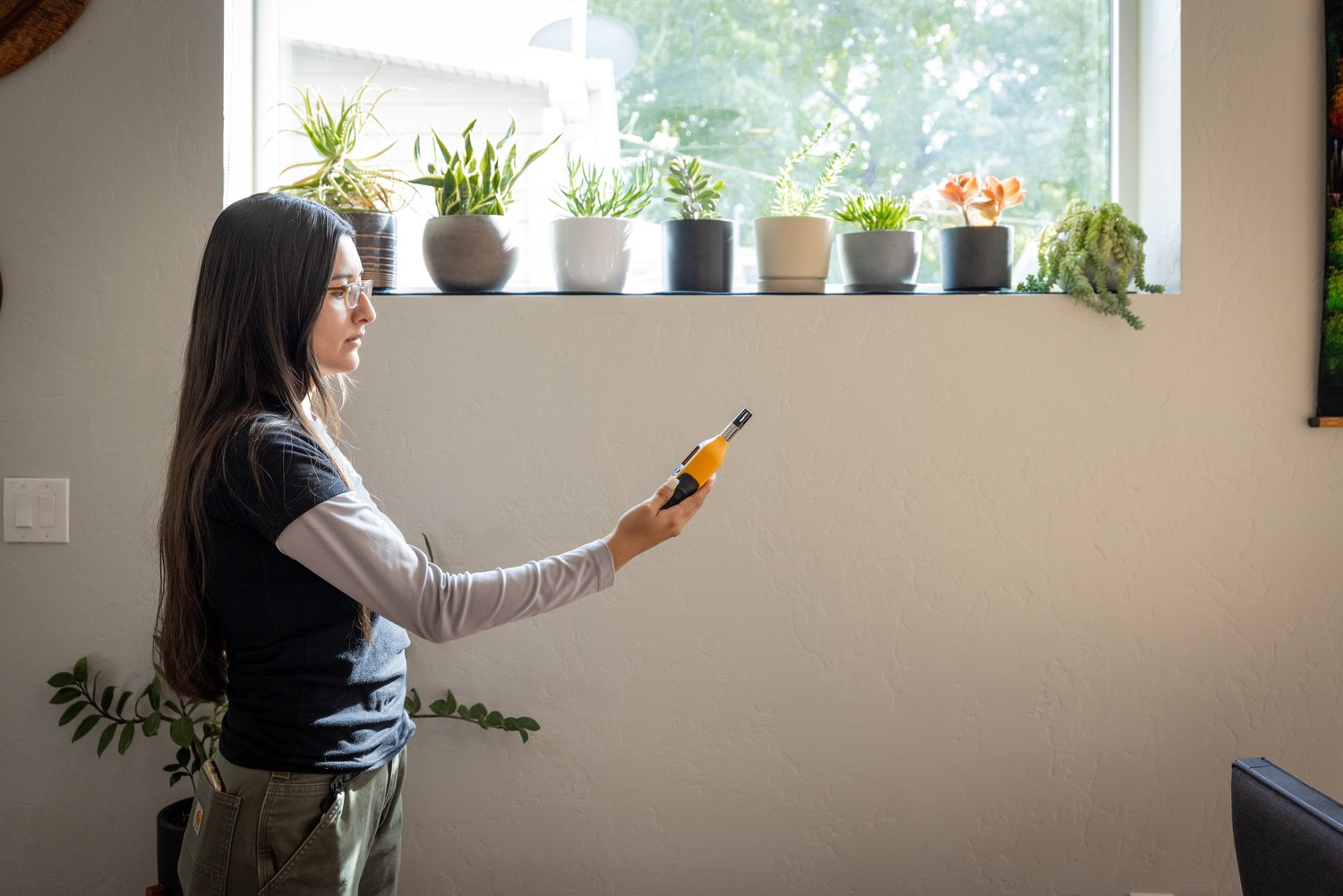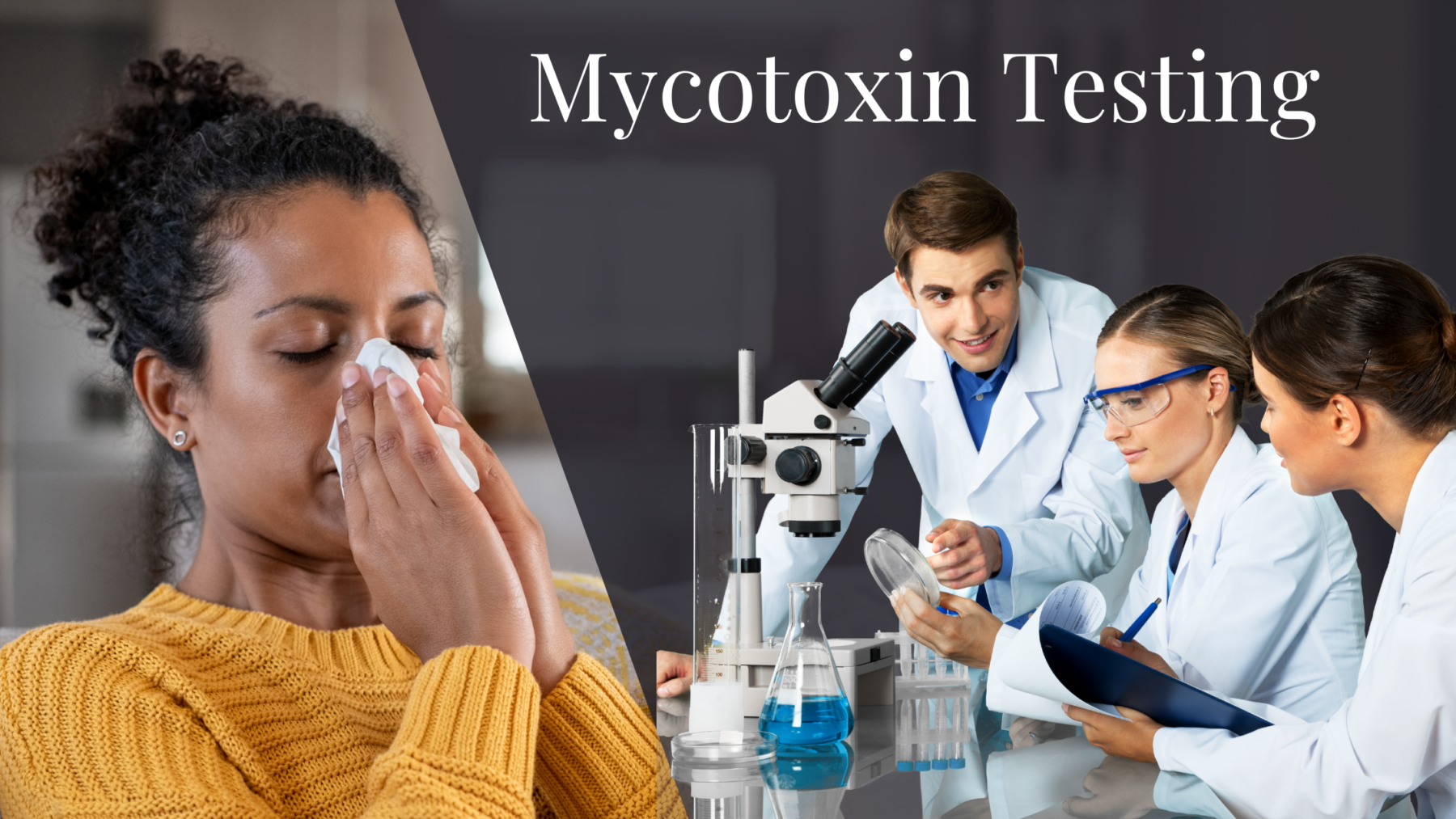Comprehensive Solutions for Your Mycotoxin testing Services Needs
Comprehensive Solutions for Your Mycotoxin testing Services Needs
Blog Article
Exactly How Mycotoxin Screening Aids Protect Against Contamination and Protect Food Materials

Mycotoxin screening is an important practice in the food industry, functioning as a frontline protection versus contamination by unsafe contaminants generated by mold and mildews. With the application of advanced techniques like High-Performance Liquid Chromatography (HPLC) and Fluid Chromatography-Mass Spectrometry (LC-MS), food manufacturers can properly measure and discover mycotoxin degrees in agricultural products. This aggressive method not just makes certain compliance with rigid safety and security policies but likewise mitigates wellness dangers to consumers. In addition, routine screening fortifies brand name track record and financial health and wellness by reducing contamination-related cases. So, exactly how exactly do these testing methods integrate right into the more comprehensive food safety approach?
Recognizing Mycotoxins
Recognizing mycotoxins starts with identifying that they are toxic secondary metabolites produced by certain mold and mildews, which can infect farming items. These metabolites are not crucial for the development or recreation of the fungi however can have serious ramifications for human and animal health. Mycotoxins are commonly found in staple plants such as corn, wheat, barley, and nuts, where they can multiply under details problems of dampness and temperature level.
There are numerous sorts of mycotoxins, each created by different fungal species. Aflatoxins, generated by Aspergillus varieties, are amongst one of the most well-known, understood for their cancer causing residential properties. One more considerable group includes ochratoxins, generated by Aspergillus and Penicillium varieties, which have nephrotoxic results. Fusarium varieties generate trichothecenes and fumonisins, both of which are linked with different severe and chronic health and wellness problems.

Threats of Mycotoxin Contamination
The risks of mycotoxin contamination are complex, positioning substantial dangers to both food safety and security and public health and wellness. Mycotoxins, harmful compounds generated by specific sorts of fungis, can pollute a wide variety of farming products consisting of cereals, nuts, spices, dried out fruits, and coffee. When these toxins penetrate the food supply, they can result in major health problems such as liver damage, kidney failing, and even cancer cells. Prone populations, including youngsters, the elderly, and immunocompromised individuals, are particularly in danger.
Economic influences are one more significant worry. Polluted crops can result in significant monetary losses for farmers and food producers because of reduced yields and the requirement for costly decontamination actions. Worldwide profession can be dramatically impeded as nations apply strict mycotoxin policies to secure their populaces, leading to denied shipments and stretched profession relations.
Environmental aspects such as environment change worsen the risk of mycotoxin contamination. Variations in temperature level and humidity can produce desirable conditions for fungal growth, boosting the likelihood of contamination events. Thus, understanding and reducing these risks are important for ensuring the safety and stability of worldwide food materials.
Techniques of Mycotoxin Examining
Accurately identifying mycotoxin contamination in agricultural products is crucial for safeguarding public wellness and keeping food safety and security standards. Various methods are employed to spot and quantify mycotoxins, each offering particular benefits and restrictions.
High-Performance Liquid Chromatography (HPLC) is a commonly made use of technique because of its high level of sensitivity and accuracy. It includes separating mycotoxins from other materials in a sample, enabling accurate metrology. Similarly, Liquid Chromatography-Mass Spectrometry (LC-MS) combines fluid chromatography with mass spectrometry to give in-depth molecular info, making it especially helpful for identifying multiple mycotoxins at the same time - Mycotoxin testing Services.

Gas Chromatography-Mass Spectrometry (GC-MS) Resources and Thin-Layer Chromatography (TLC) are additionally utilized, each with distinct applications. GC-MS is efficient for unpredictable mycotoxins, while tender loving care supplies a less complex, affordable option for preliminary testing.
Advantages of Routine Examining
Normal screening for mycotoxins in farming products supplies countless advantages, considerably contributing to public health and food safety. By recognizing contamination early, routine testing helps protect against the circulation of harmful foods, thereby reducing the threat of mycotoxin-related ailments amongst consumers. This aggressive technique not only safeguards human wellness however also boosts the general quality of food products.
Constant testing additionally sustains regulatory conformity. Various nations and regions have actually established rigorous limitations for mycotoxin levels in food and feed. Following these limits via regular screening guarantees that manufacturers and providers fulfill legal criteria, thus staying clear of charges and profession barriers. In addition, maintaining conformity fosters customer trust and brand reputation, which are essential for market success.
Additionally, normal mycotoxin testing can bring about considerable financial benefits. Early discovery of contamination permits timely intervention, lowering prospective losses from prevalent contamination. Executing normal testing methods can also decrease recall costs and related obligations, which can be monetarily devastating.
Moreover, normal screening offers useful information that can inform better farming practices and storage problems. By comprehending patterns of contamination, manufacturers can embrace safety nets, consequently lowering future threats and adding to the sustainability of the food supply chain.
Applying Testing Procedures
Carrying out efficient mycotoxin testing methods is important for making sure the security and quality of farming items. Developing a durable screening structure entails numerous crucial steps, beginning with the recognition of possible contamination factors within the production and supply chain. This includes pre-harvest, post-harvest, storage, and circulation phases. Each stage has to be inspected to pinpoint where mycotoxin contamination is more than likely to occur.
When crucial control factors are determined, picking proper testing approaches is vital. Usual techniques consist of enzyme-linked immunosorbent assay (ELISA), high-performance liquid chromatography (HPLC), and mass spectrometry (MS) Each technique has its strengths and weak points; hence, selecting the appropriate one relies on the particular mycotoxin being examined, the required level of sensitivity, and available resources.

Lastly, incorporating the testing methods into a comprehensive food safety and security management system is advisable. This improves traceability and enables speedy restorative activities when contamination is found, thereby guarding the stability of the food supply chain.
Verdict
Mycotoxin testing is vital in protecting against contamination and safeguarding food supplies by allowing site link very early discovery of unsafe toxins produced by molds in agricultural products. Routine testing boosts brand reputation, financial stability, and trust in food safety by reducing contamination-related losses and maintaining high requirements in food production.
Mycotoxin testing is an indispensable review practice in the food industry, offering as a frontline protection versus contamination by unsafe contaminants generated by mold and mildews. An incorporated technique including agricultural methods, storage management, and normal screening can minimize the dangers linked with mycotoxin contamination, making sure food safety and security and public health and wellness.
The threats of mycotoxin contamination are multifaceted, posing considerable risks to both food security and public health and wellness.Normal screening for mycotoxins in farming products offers many benefits, considerably contributing to public wellness and food security.Mycotoxin testing is essential in protecting against contamination and securing food materials by making it possible for very early detection of unsafe toxic substances produced by mold and mildews in agricultural items.
Report this page